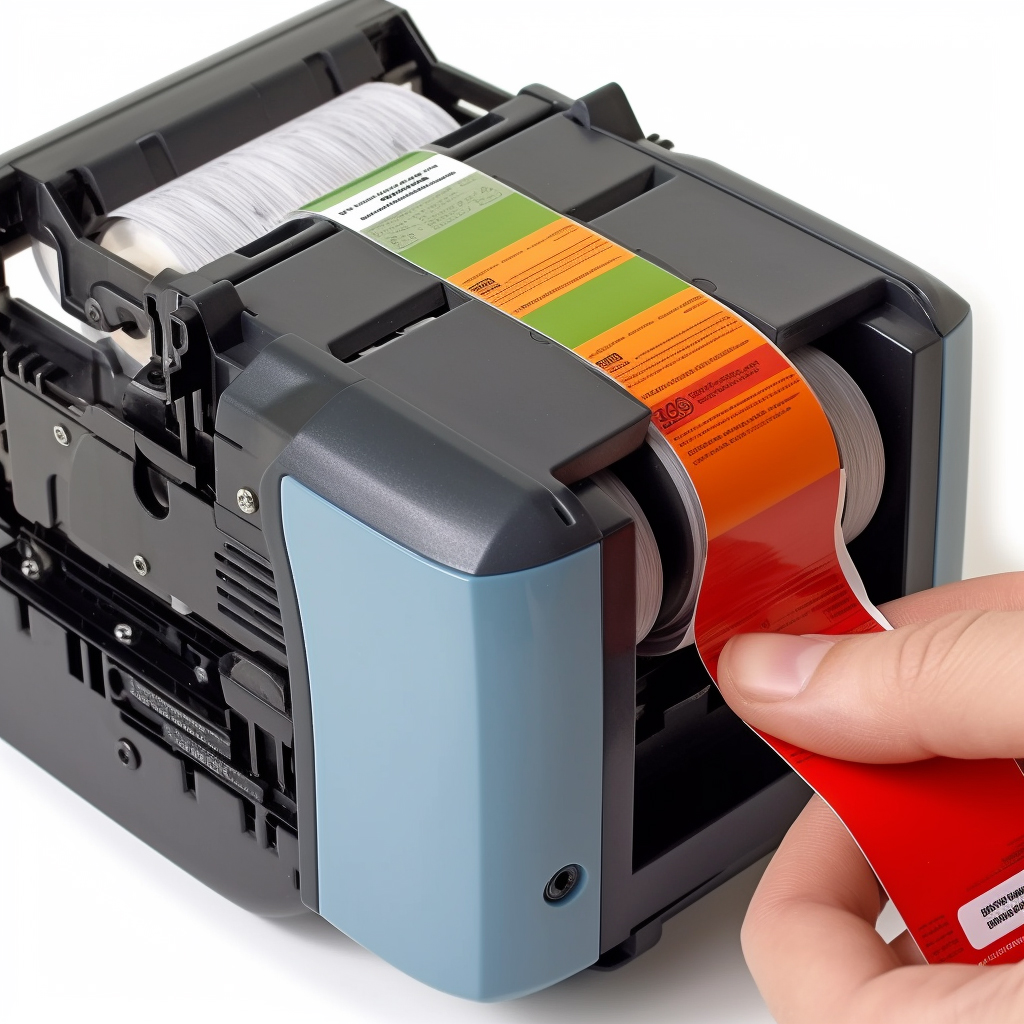
Thermal printing paper is a special printing material, which is widely used in the fields of receipts, labels and bills. It is used together with a thermal printer to realize the printing function. In this paper, we explore in depth how thermal printing paper works and how it works in conjunction with a printer.
Thermal printing paper works based on its special coating and thermal printer heating technology. Now, let’s understand how thermal printing paper works:
Thermal sensitive coating: Thermal sensitive printing paper is covered with a special heat sensitive coating. This coating is usually composed of thermosensitive infectors and pigments. Thermosensitive infectious agents are chemical substances with the property of changing colour when heated. Pigments then give the visible color needed for the blot.
Thermal printer: A thermal printer is a special printing equipment that is compatible with thermal printing paper. It contains a component called a print head, which contains many tiny heating elements.
Now, let’s understand the working process of thermal printing paper:
Print data transfer: When an image or text is required, a computer or other device transfers the print data to a thermal printer. These data are usually represented in binary form to control the heating elements in the print head.
Heating process: The heating element in the print head is heated according to the received print data. When heating elements are activated, they quickly produce high temperatures and transfer heat to the thermal coating of thermosensitive printing paper.
Color change: When the heat sensitive coating is stimulated by high temperature, the heat sensitive infectious agent will undergo chemical reaction, resulting in color change. This change usually goes from transparent or colorless to visible colors, such as black or blue, etc. The position and shape of the color transition correspond to the heating element of the print head, thus forming an image or text.
Printing results: Once the heating-sensitive coating transition is completed, the printing results can be observed on the thermal paper. Since the thermal coating on the thermal paper has been fixed, the printing results have relatively good durability.
Thermal printing paper works is simple and efficient, without the need for additional ink or toner. It usually works faster, and the print results have high clarity and contrast characteristics. In addition, thermal printers are easier to maintain and operate because of the lack of ink or toner use.
However, it should be noted that the printing results of thermal printing paper may be affected by the external environment. Prolonged exposure to high temperatures or sunlight may gradually fade or blur. Therefore, appropriate protection and storage are necessary when you need to save the printed documents for a long time or require high printing quality.
In addition, the quality of different types of thermal paper will also vary. Some high-quality thermal paper can provide more durable, clearer printing results, and have less impact on the external environment. Therefore, when selecting thermal paper, its quality and application scenarios should be considered to ensure that meeting the printing requirements while achieving a better printing effect.
To sum up, the thermal printing paper is printed through the combination of the thermal coating and the thermal printer. The heating element in the print head heats the thermal coating, triggering a chemical reaction that forms an image or text. Thermal printing paper does not require ink or toner, and is fast, simple and efficient. However, the durability of the printed results is influenced by the external environment and requires proper protection and storage. It is crucial to consider the quality and applicable scenarios when selecting thermal paper.
